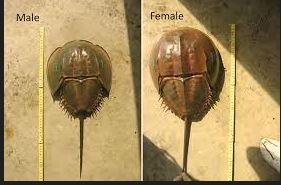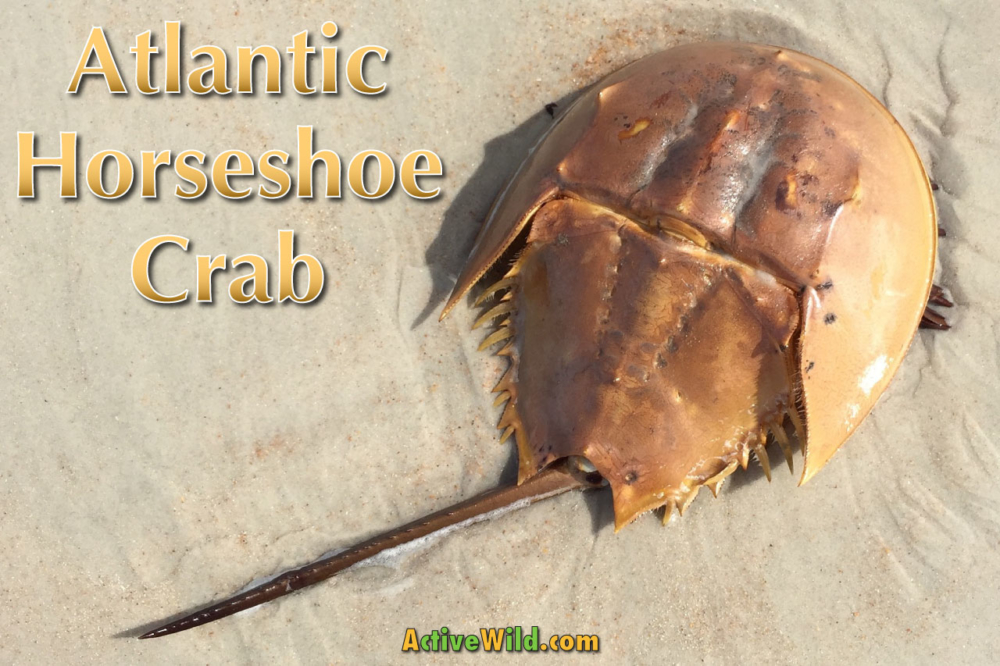Citizen Science in Stratford: Project Limulus
A Community-Based Research Program
Sources: The Power of Citizen Science: 20 Years of Horseshoe Crab Community Research Merging Conservation, Education, and Management
By: Jennifer H. Mattei, Ph.D.
Professor, Department of Biology
Sacred Heart University
The International Union for the Conservation of Nature Species Survival Commission, Horseshoe Crab Specialist Group
www.projectlimulus.org
www.sacredheart.edu/livingshorelines
What is Project Limulus?
- A Study Examining the Ecology of the Long Island Sound Horseshoe Crab (Limulus polyphemus) population.
- A Community-Based Research Program Providing Opportunities for All People to Become Active Contributors to On-Going Scientific Research.
- A Data-Gathering Network to Potentially Direct Conservation Programs for the Horseshoe Crab
- An Educational Tool to Increase Public Awareness of Limulus and its connection to the Long Island Sound Ecosystem and Human Health
- Part of the International Union for the Conservation of Nature (IUCN) Horseshoe Crab Species Specialist Group
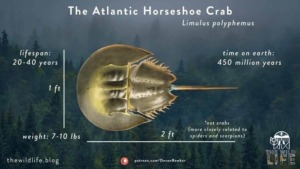
What is a Horseshoe Crab?
Horseshoe Crabs (Limulus Polyphemus) has existed for over 300 million years. Horseshoe crabs evolved together with trilobites. (meaning “three lobes” are extinct marine arthropods that form the class Trilobita. Trilobites form one of the earliest-known groups of arthropods). While trilobites disappeared at the end of the Paleozoic era, horseshoe crabs survived. Horseshoe crabs are commonly referred to as living fossils.
Horseshoe crabs are more related to spiders, ticks, and mites, than they are to crabs. There are only four living species of horseshoe crabs today. Limulus polyphemus resides on the eastern coastline of North and Central America, including Long Island Sound (LIS). The three remaining species inhabit the coastlines of Japan, India, and Indonesia.
They shed their exoskeleton more than one dozen times before it sexually matures. Males are smaller than females. The tail (known as a telson) helps flip the horseshoe crab over if it is stuck on its back – it is not used to sting. They have a total of nine eyes –and each eye consists of about 1,000 receptors. The diet consists mostly of clams and worms. They can live up to 20 years or more. Spending most of the year in the Atlantic Ocean, they return each Spring to Stratford sandy beaches to breed.
Since 1998 Project Limulus has been conducting a tag and recapture analysis of adult horseshoe crabs movement patterns within LIS. Cinch tagging are white disc tags.
The tag and recapture study was designed to answer the following questions:
- Do horseshoe crabs come back to the same beach every year to mate?
- What are the spawning population trends; are horseshoe crab numbers increasing, decreasing or stable within LIS (Long Island Sound)?
- What is the sex ratio of adult males to females?
- What are the average carapace (prosoma) sizes for males and females?
- What are the average ages of crabs living within LIS (shell condition/age estimation)
- Do tags harm the horseshoe crabs?
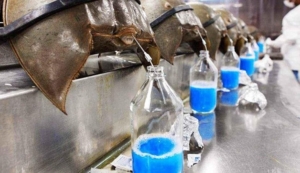
Importance of Horseshoe Crabs to Humans
As well as being incredible ‘living fossils’, they have also helped to keep most of us alive. If you have ever had a vaccine, chances are that it was tested for safety using horseshoe crab blood. In addition, they are playing their part in the creation of Covid-19 vaccines.
- Horseshoe crabs are harvested by fishermen and used as bait in the eel and conch fisheries along the Atlantic Coast.
- In Connecticut, anglers are legally allowed to hand harvest 150 horseshoe crabs during certain times of the year. The horseshoe crab season opens on June 2nd (three days following the new moon on May 30th) and the lunar closure is in effect from June 12th – 16th, inclusive (centered on the full moon on June 14th).
- Extensive research on horseshoe crabs eyes and vision resulted in important findings pertaining to the manufacture of surgical sutures and development of dressings for burn patients.
- What some consider the most important finding of horseshoe crab research is related to their blood, which are used as a fast and efficient way to test pharmaceutical drugs for the presence of bacteria. Biomedical companies now harvest blood from horseshoe crabs to produce Limulus Amebocyte Lysate (LAL). NASA is now testing the use of LAL in space to assist in the diagnosis of astronauts.
- Horseshoe crab blood is bright blue. It contains important immune cells that are exceptionally sensitive to toxic bacteria. When those cells meet invading bacteria, they clot around it and protect the rest of the horseshoe crab’s body from toxins.
According to Dr. Mattei, in Stratford volunteers are involved with tagging (mark/recapture) studies and spawning counts . “In this study, involving Limulus polyphemus, citizen scientists placed over 76% of our 95,567 tags put out on horseshoe crabs over 20 years in Long Island Sound (LIS) and reported nearly 85% of our recaptures. Of the 15,655 marked and recaptured horseshoe crabs, 18% had moved more than 10 km and 547 individuals crossed the Sound from Connecticut (CT) shores to the north shore of Long Island, New York (NY). “
When horseshoe crab populations decline, as observed in LIS, so do the number of species and the populations of dependent predator species that feed on their eggs. The spawning index is low 0.009–0.036 female/m2 and generally has been declining over the past 10 years in LIS. The trend from over 15 years of tagging shows 20–30% of the females come up to the beach without a mate.
“In LIS, a shared resource of Connecticut and New York, horseshoe crab populations continue to be overharvested and continue to decline, which has a negative impact on biodiversity. The horseshoe crab population in the New York region is breeding well below its intrinsic rate of growth. A moratorium on the harvest of horseshoe crabs is needed; investment in coastal habitat restoration and establishment of marine protected areas in LIS are also required for recovery of the population.” Dr. Mattei
The International Union for the Conservation of Nature (IUCN) says, ‘The horseshoe crab is a critical link to coastal biodiversity. One of their ecological functions is to lay millions of eggs on beaches to feed shorebirds, fish and other wildlife. Its large hard shell serves as microhabitat for many other species such as sponges, mud crabs, mussels and snails.
What Do You Do If You See a Tagged Horseshoe Crab?
Project Limulus has tagged horseshoe crabs mainly with White Disc tags (or older yellow cinch tags) throughout NY and CT. If you find this tag, call 203-365-7577 to report the tag number, location (specific beach), date you found the crab, and if the crab was alive or dead. Please return live crabs to the water
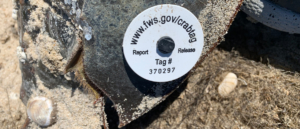
Telling Males and Females Apart
If you capture a horseshoe crab, it is fairly easy to determine its sex by flipping them over and looking at the first pair of appendages. Horseshoe crabs have a total of six pairs of appendages.
Males are generally smaller than females and their first pair of appendages are quite different from the females. Instead of normal pincers, males have a special set of mating claws. These are commonly referred to as “boxing gloves” which allow the male to hold onto the female during mating.
Editor’s Note: The spawning season is over for this summer. According to Dr. Mattei “if you are interested in becoming a Citizen Scientist you can send an email next May or follow us on the Project Limulus website for walks and talks coming up in May/June 2023! The Maritime Aquarium also collaborates with us on program every spring!”
For additional information go to: www.projectlimulus.org
